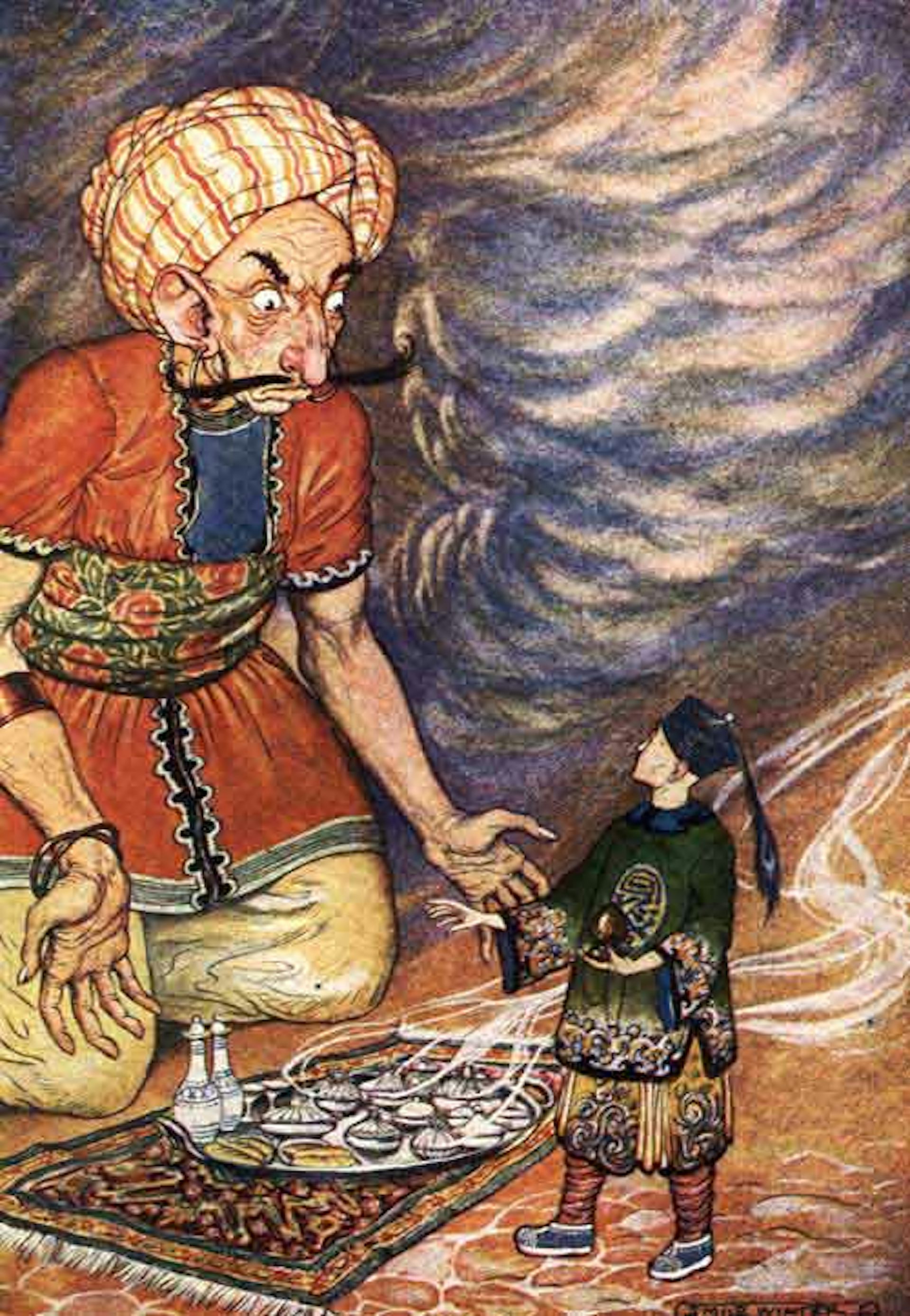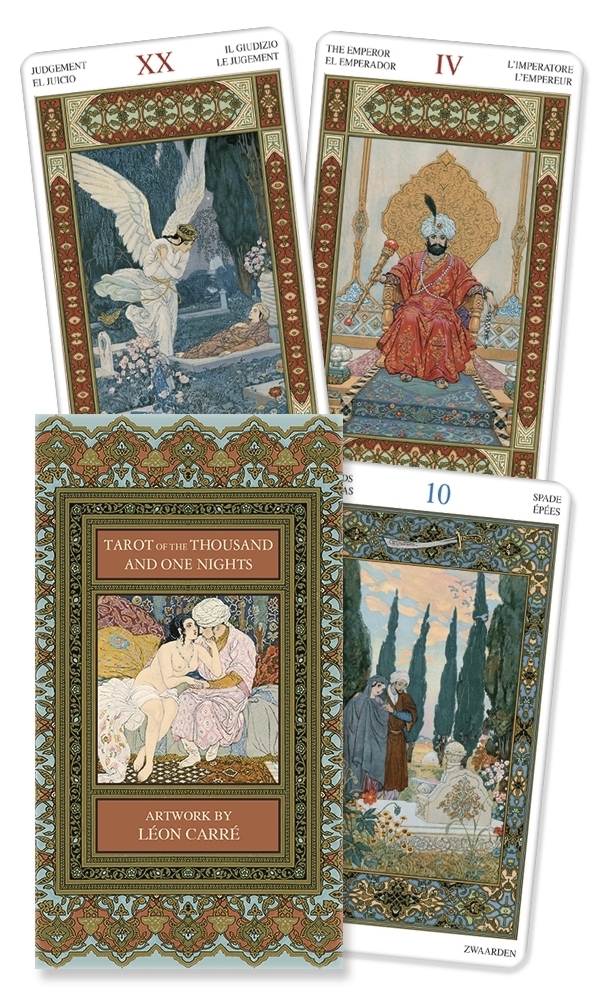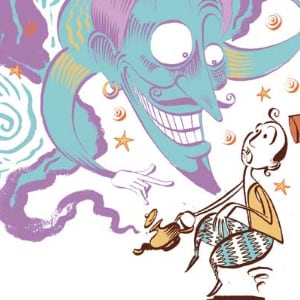
- 1001 ARABIAN NIGHTS STORIES CREATURES HOW TO
- 1001 ARABIAN NIGHTS STORIES CREATURES PROFESSIONAL
- 1001 ARABIAN NIGHTS STORIES CREATURES SERIES
"He wants to transcend the everyday in theatre and to give people hope. They are joined by Jonny Hoskins, who plays a range of comic characters from beggars to dogs, and all three speak glowingly of the show's director, Dominic Cooke, who's now assistant director at the Royal Court. I found it really difficult in the beginning to switch from being in character to being a neutral narrator, but now I see how valuable that is". It's essential to be able to get this right.
1001 ARABIAN NIGHTS STORIES CREATURES PROFESSIONAL
"It's difficult, but it's also really dynamic." For Rohan Siva, fresh out of RADA and making his professional debut in this production, "storytelling is the basis of theatre. "It means you can't indulge yourself with big emotional moments," says Yasmin Wilde, who plays at least five different roles. Every word and gesture must be projected and writ large this is both limiting and demanding for the actors.Ĭhatting to members of the cast recently after a performance in the Theatre Royal in Newcastle, they seem to find the restrictions imposed by the style rewarding. The constant switching from narrating to performing imposes simplicity and clarity of performance. This is story theatre, reminiscent of the style of Peter Brooke's epic production of Mahabharata, with all of the actors narrating as well as playing in a sequence of rapidly changing scenes. In the opening tale of Ali Baba and the 40 Thieves, the thieves are a shifting chorus, becoming horses, the magical cave and, when they turn their black cloaks around to reveal the glittering gold lining, they become the treasure trove itself, dazzling and seducing Ali Baba.


Sinbad the Sailor is a puppet who flies off on a miniature magic carpet. The nine actors in this multiracial cast play all the parts, as well as animals and props, undulating rivers and forests. Played on a sand-covered disc with dappled, kaleidoscopic lighting, the stories spill out and fluidly overlap, with tingling percussion and choreographed movement, while Sheherazade and her King look on from the back of the stage. "īut there's nothing heavy-handed or didactic about this inventive ensemble production, which premiered last Christmas and has recently toured the UK, including the Edinburgh Festival, where Georgia Sion's gorgeous stage and costume design won an award. "When she had told him her stories for 1,001 nights, she tested the King to see if the flower in his heart had bloomed and whether he was ready to save the life of his wife and unborn child.
1001 ARABIAN NIGHTS STORIES CREATURES HOW TO
Versions of some of the more popular tales - Sinbad, Aladdin and Ali Baba - regularly pop up in pantomime and are still embedded in the canon of children's literature.ĭominic Cooke's adaptation for adults and older children, performed by the Young Vic Theatre Company, delicately emphasises the moral lessons of the tales and their connection to the framing story of Shahrayar and Sheherazade: he must learn how to forgive and to love again, and her stories will help him to do that. Since their first European translation by Antoine Galland in the early 18th century, the Nights have coloured Western images of Oriental exoticism, and have captured the imagination of writers as diverse as Coleridge, Proust, Borges and, most recently, Salman Rushdie, whose playful, intertextual children's book, Haroun and the Sea of Stories, draws heavily on them. They are part folklore, part literature, with formal characteristics of oral culture such as the recurrence of similar plot devices, which functioned as building blocks that could easily be re-arranged by their oral narrators. Of diverse Indian, Persian and Arabic origin, the stories include fables, fairytales and heroic epics, which were first circulated orally. This is one of the aspects of the Nights that has fascinated readers over the centuries, since the tales first appeared in manuscript form, in Arabic, in the 13th century.
1001 ARABIAN NIGHTS STORIES CREATURES SERIES
This story of the mythical, ancient King, Shahrayar, and the Vizier's daughter, Sheherazade, provides a frame for the stories she tells, which in turn frame others, since characters in the stories themselves tell stories, creating a potentially infinite series of stories within stories. Her stories make up the collection known as The 1,001 Nights or The Arabian Nights. The king is so eager to hear her stories that she is allowed to continue for 1,001 nights, talking to save her life.


When the gifted, brave Sheherazade volunteers to be his next bride, she endlessly postpones her execution by her gift of storytelling. Call it an over-reaction if you like, but King Shahrayar's murder of a succession of 1,000 brides after the discovery of his wife's infidelity gave rise to one of world literature's delights: The Arabian Nights.


 0 kommentar(er)
0 kommentar(er)
